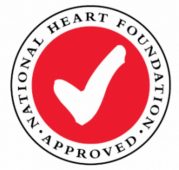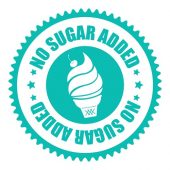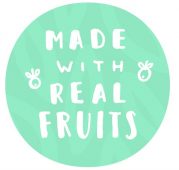What nutritional labels really mean

Are you often convinced to buy a product after reading labels that say “no added sugar” or “real fruit juice”? Or how about that Heart Foundation Tick symbol? These labels can often make a product appear healthier when in fact it is the opposite. Here are a few misunderstood labels…
Heart Foundation Tick

Products featuring the Heart Foundation Tick are lower in salt, saturated fat and, in some cases, kilojoules than similar products. While the products that display the tick are said to be healthier, it does not necessarily mean we should include them in a healthy diet. For example, a brand of meat pie displaying the tick has less saturated fat and salt than other pies but may still be a high fat product so should only be eaten occasionally. Also, according to Kirsten Braun who wrote for Women’s Health Queensland, you should know that for food manufacturers to display the tick on their eligible product, they actually provide a payment to the Heart Foundation.
No added sugar
Although this label says that the product has not had sugars added to it, it does not mean that the product is low in sugar. Many products carrying this label may not have sugars added to it but actually contain naturally occurring sugars from fruit or milk. For example, a yoghurt advertised as ‘no added sugars’ actually contains 18 grams (g) of sugars per 100g. In addition, some products that use the no added sugar label actually contain artificial sweeteners instead. Artificial sweeteners can be identified by the following names/additive numbers: sucralose (955), saccharin (954), cyclamate (952), aspartame (951) and acesulphame-K (950).
Real fruit/fruit juice
Fresh fruit is great and if you notice, lots of kids products show “Made with real fruit” or “Contains % fruit juice”. Unfortunately, in the majority of cases, the “fruit” is actually fruit concentrate or fruit paste and does not provide the same health benefits as eating a piece of fruit. Fruit concentrate/paste is made up of the natural sugars in fruit and is used in products as a natural sweetener. Did you know that a strawberry fruit roll usually contains just 1% strawberry fruit paste and the majority actually comes from apples? By the way, some products displaying the real fruit/fruit juice label also may contain added sugar, so be careful.








 Proudly Australian owned and operated
Proudly Australian owned and operated